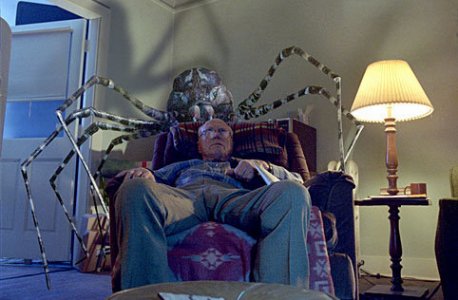Virtual cinema in a real world
When the pandemic hit us in early 2020, the impact of confinement hit most people hard. Luckily for us, today’s internet is ubiquitous, and everything related to entertainment, leisure or culture can be accessed virtually, even by mobile phone. Everything? In fact, this offer has some limitations, especially for something other than the common place.
A little over two decades ago, to watch a movie it was necessary to go to a theater or rent a VHS tape, to shoot a photo, a camera with negative film or slides, to read a book, the good old copy on paper, and for music, the dispute was still between the LP, the cassette tape and the newcomer CD. I still keep some of these items in a box, to one day show my grandchildren these old “new” technologies.
Technological evolution has transformed all this, film, photo, music and book into digital format. The increasingly fast internet, the expansion of memories, the ever-increasing processing power, and technological convergence have made today almost all devices multimedia, or, using the most up-to-date term, “smart”.
Therefore, in a simple smartphone it is possible to communicate in video calls, watch videos on Youtube, read books, watch movies and series from streaming services and much more. You can even make phone calls, imagine! And we haven’t even entered the 5G era yet, which promises much more powerful and complex speeds and connections.
The offer of the fastest internet has made it possible to realize the dream of many moviegoers, that of being able to watch what they want without leaving home. To get an idea, when I first installed internet at home it was necessary to leave the computer on all day long to download a 700-megabyte file. Nowadays that same file would be downloaded in a few minutes.
The popularization of the internet generated a great demand for illegal downloads – which were converted into pirated DVDs for those who did not have a good connection. Later, streaming services emerged, first with Apple, which supplied its users via iTunes, and later with Netflix and similar.
The pandemic served as a boost for a business that was already growing frankly, and today there are not only competitors to Netflix like Amazon Prime Video, Disney Plus, HBO Max, etc., but there are also content providers within these services. For example, within Amazon Prime there are channels that require an additional subscription, such as Starzplay, Paramount+, Looke, MGM, etc..
Interestingly, the best internet offer has helped greatly reduce the pirate market. Why buy a DVD player and discs if you can make a Netflix subscription and simply turn on the TV? The same goes for songs, and almost no one downloads files to fill the smartphone’s memory, if it is much easier to access services like Deezer or Spotify and create a playlist.
The digital book market, led by Amazon with its Kindle, achieved surprising results even reaching Brazil, which has little consumption of physical books. Although many claim that assimilation in digital format is worse than in a paper book, the dissemination of books in pdf and other formats has exploded in recent years, even being adopted by schools and universities.
The evolution of cinema was something much more impactful. A lot of people don’t know, but traditional cinema has been digital for a long time. Instead of rolls, movies today are delivered on hard drives or are streamed via the internet. Even before the pandemic cinema had already elitized and became an expensive program, accessible mainly to the most favored social classes.
The release of the DVD and later Blu-Ray left the collector delighted by the possibility of having his favorite movie with good sound and image quality. I left aside a bunch of VHS tapes, exposed to fungus and magnetization, when the DVDs arrived, even accumulating more than a thousand official discs. What left me with a foot behind was to find out that they could also “die”, in case of oxidation of the thin film where the data is stored.
With the arrival of Blu-Ray I was at a stalemate: what to do with my collection, what to replace and what to buy again? I decided that I would only buy the films that are really important to me, which implied more than three hundred new records at home.
With the expansion of the internet, many have come to consider it as their deposit of movies and series, thinking they will find what they want at their leisure. In the case of American serials and blockbuster films, no problem, in twenty years we will find versions of “Titanic” and “Avatar” on the super sophisticated TVs that will be on the market at the time.
The problem will be that Brazilian chanchada or some obscure Czech film of the 70s that we would like to find. Even in the growing market for streaming services, the big studios will not release their entire catalog, but only the small part with guaranteed financial return.
From one collector to another, I recommend that you do not give in to the temptation to make room for a rare and beloved film. Save your copies on DVD or Blu-Ray, and for those who have never been released in these formats, the best and cheapest solution is still the hard drive, internal or external, portable or not. Many of these films will become rarities in the not-too-distant future, where the ephemeral and the interesting will be worth more than some precious version of an old film, which only a lover of the Seventh Art knows how to recognize.






